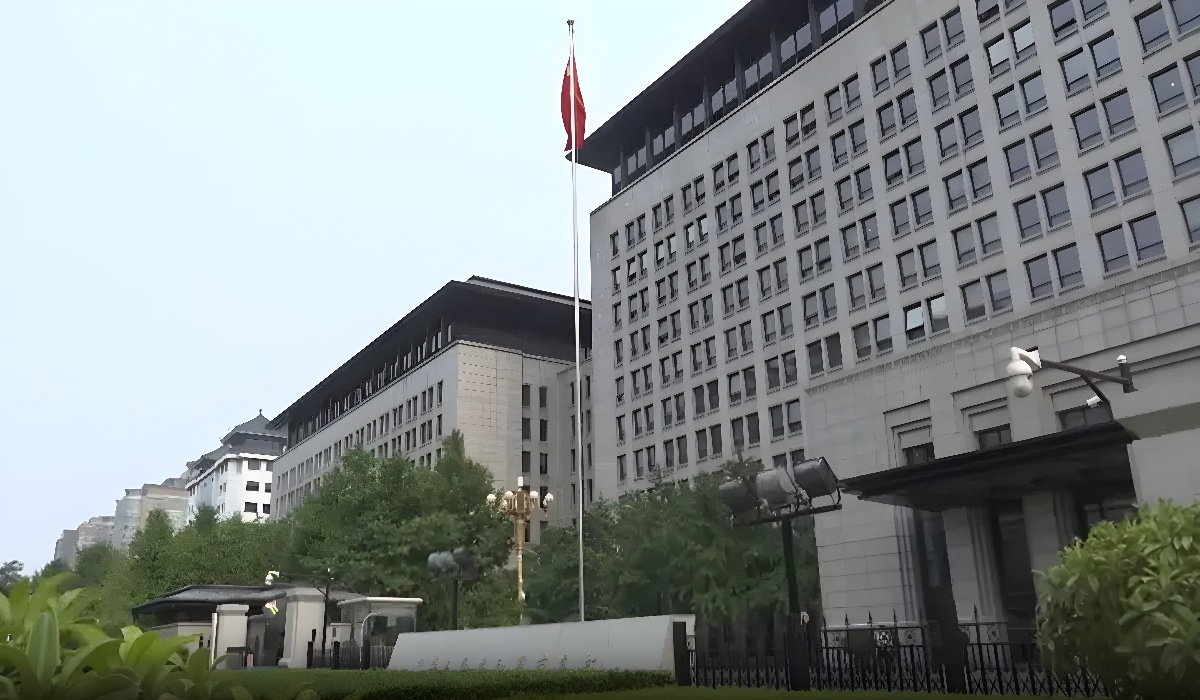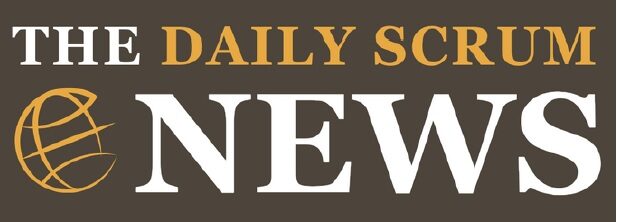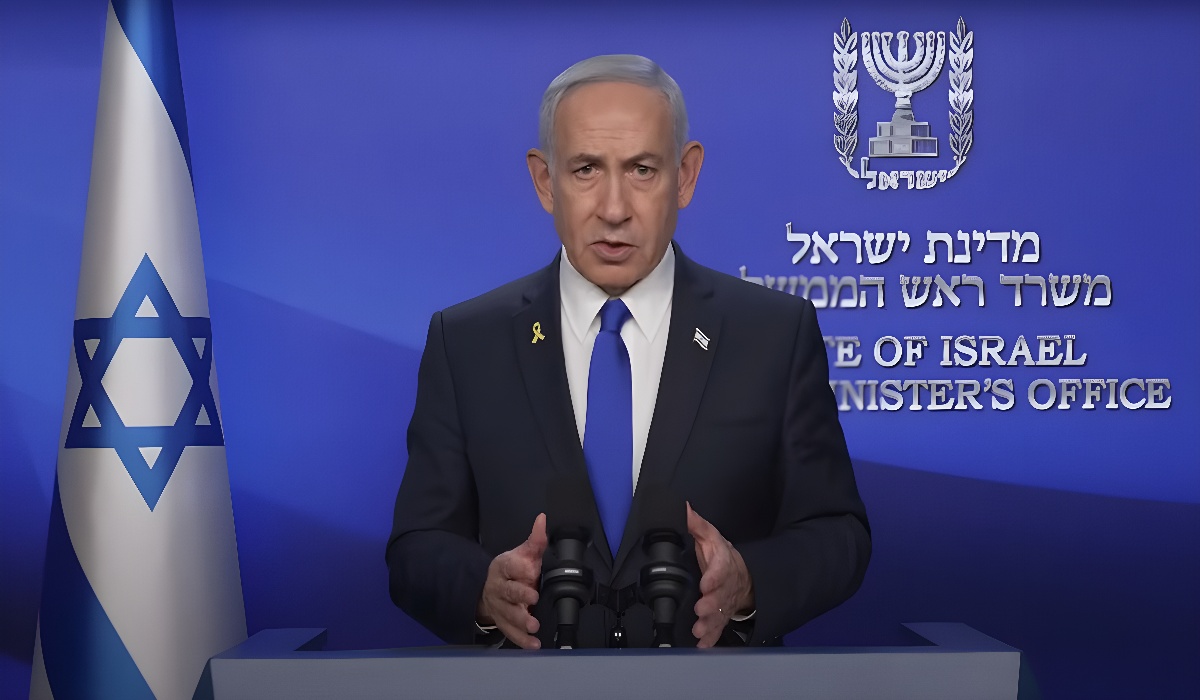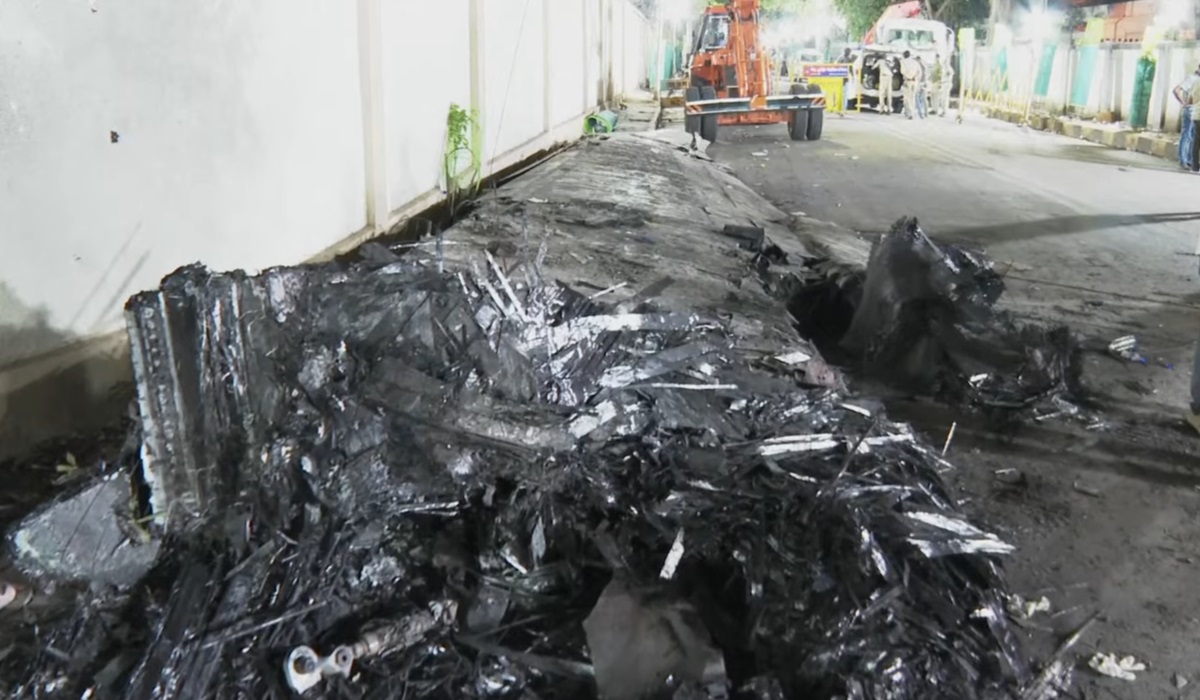China Hits Back: Trade Retaliation Heats Up as Beijing Imposes 34% Tariff on US Goods
- Ingrid Jones
- China
- Breaking News
- East Asia
- April 4, 2025

The gloves are off in the latest round of US-China trade escalation. China has announced a sweeping 34 percent tariff on all American imports, effective April 10, a sharp counterstrike to the Trump administration’s own 34 percent hike on Chinese goods. This tit-for-tat response isn’t just symbolic—it’s calculated, expansive, and designed to bite deep into key US industries.
More than just matching numbers, Beijing is tightening the screws on American enterprise. The Chinese Ministry of Commerce, in coordination with the General Administration of Customs, is deploying a multi-pronged strategy to target sensitive sectors. Sixteen US tech companies now face fresh export controls, a move that restricts their access to the Chinese market for mid-to-heavy rare earth elements—materials critical for advanced manufacturing, military tech, and green energy.
Adding to the economic squeeze, six US firms that export sorghum and poultry products have seen their permits suspended. For a country that exports billions in agricultural products to China annually, this is no minor slap on the wrist—it’s a hard shove to the gut of rural US economies, especially in states that once banked on China as a reliable buyer.
But China isn’t stopping at bilateral punishment. Beijing has officially filed a case with the World Trade Organization, challenging the legality of the US tariffs. A spokesperson for the Ministry of Commerce didn’t mince words, branding the US actions as “unilateral bullying” that undermines the very foundations of global trade order. This isn’t just about defending national interest; it’s a clear signal that China is ready to assert its influence within international institutions long dominated by Western powers.
In a further blow, the Ministry has initiated anti-dumping investigations into US and Indian exports of medical-grade C-T tubes—essential components in hospital imaging equipment worldwide. The move strategically targets a vulnerable sector tied to public health and underscores China’s willingness to use regulatory tools as a countermeasure against American firms.
The message from Beijing is unequivocal: if Washington wants a trade war, it won’t come cheap or without consequences. While the Trump administration framed its tariffs as a measure to correct trade imbalances and protect American industries, the Chinese response demonstrates that the era of one-sided pressure is over. The retaliatory measures are comprehensive, legally reinforced, and aimed not just at immediate economic damage but at long-term recalibration of who sets the rules in global commerce.
This is no longer about winning a round in a trade dispute—it’s about reshaping the board entirely.








